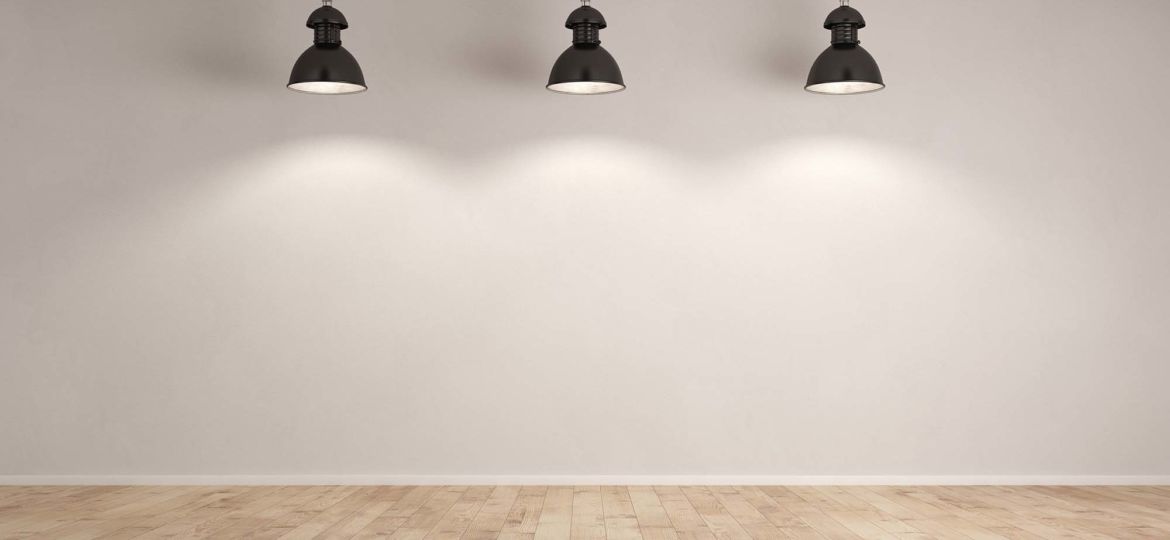
A common issue that many interior designers face is a communication barrier with the client as to what their goals are and what their vision is. Gone are the days of designers using only catalogs and blueprints. Using augmented reality software helps create specific solutions for specialists and their clients. AR makes it easier to communicate and cooperate when it comes to designing a space and laying out client expectations. There are so many features that an AR software presents to an interior designer, but visualization and creativity are only a few.
Let’s take it back to a time when augmented reality was only a mere idea, and interior designers had to do things the old-fashioned, more hands-on way (a scary thought, I know). You take the first step and meet with the client to discuss expectations and what vision they have for their space. After everything is planned and hopefully mutually understood, you begin designing and setting up the space based on what you think the client will like. Once the project is complete, it’s a gamble whether or not the client will be happy with your work and whether or not you captured their vision (this is where it could go wrong, fast). Unfortunately, if the client doesn’t like your work and their goals have not been met, their time and money is lost on you.
On the bright side of things, we no longer live in a world where interior designers need to hurdle over the many challenging obstacles that they use to face. With AR, designers can design an entire space with detailed furniture, décor, and appliances with just a few simple touches. For example, if you’re designing a bedroom and you’re unsure of whether or not your client would like a nightstand, you can show the client the entire room on the software before solidifying anything (all the fun without the commitment). The technology offered eliminates the need for any type of measurement, which ultimately saves a ton of time. The software scales the entire space, so the only thing you have to worry about is the utility and actual appeal of the area. This capability will also enable more dependable purchasing choices. Now that we’ve established that an augmented reality software saves interior designers time, money, and heartache, there’s only one aspect left… the creativity! The unlimited room for creativity will leave an interior designer’s possibilities untethered. Laying out every detail of a space from the light fixtures to the color of the throw pillows will allow the client and the interior designer to not only communicate effectively but also make the most out of every possible space. Using an AR software poses an opportunity for so much creative expression and, not to mention, for someone with a passion for design, it’s extremely fun!
